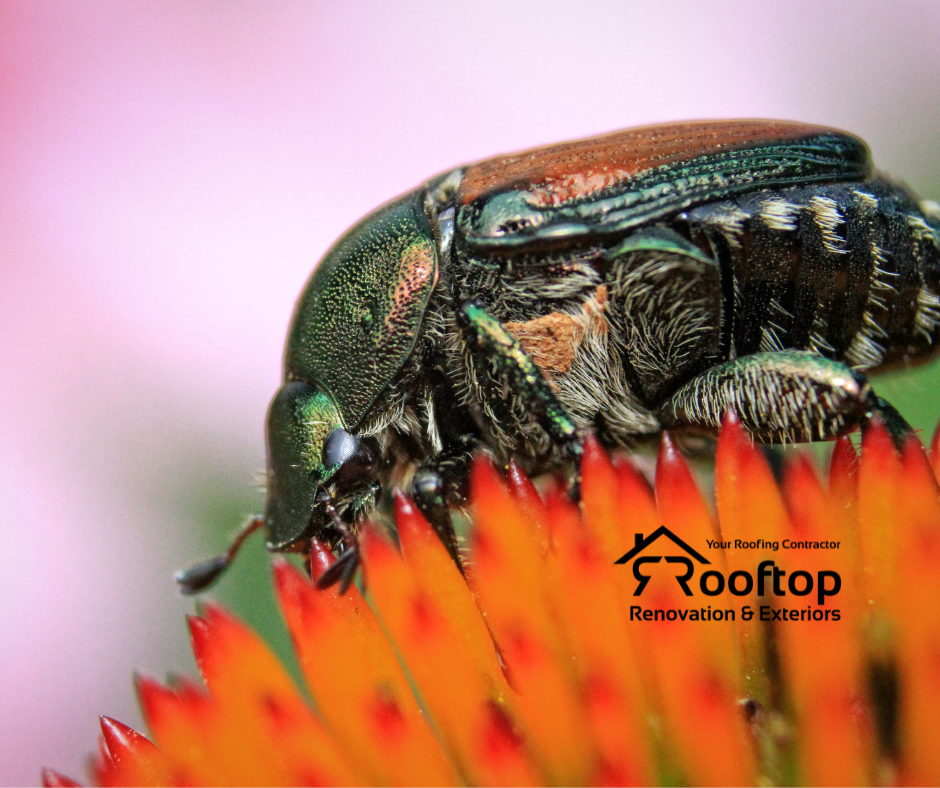Types of Pests Found in Different Regions: Understanding the Common Pests in Your Area
As a homeowner, it’s important to understand the types of pests that are common in your area, as well as the potential risks they pose to your property and health. Knowing what to look for and how to prevent or treat pest infestations can save you a great deal of time, money, and stress in the long run. This guide will provide you with an overview of the most common pests found in various regions of the country, as well as tips for preventing and treating infestations.
Whether you live in a rural area or a bustling city, pests are a fact of life. Some pests, like rodents and termites, can cause significant damage to your home and property, while others, such as mosquitoes and ticks, can transmit dangerous diseases to humans and pets. By familiarizing yourself with the types of pests that are common in your area, you’ll be better equipped to identify signs of infestation and take proactive steps to prevent them from entering your home in the first place.
In the following sections, we’ll discuss the most common pests found in different regions of the country, including their habits, risks, prevention strategies, and treatment options. Whether you’re dealing with a current infestation or simply want to take preventative measures, this guide will provide you with the information you need to keep your home and family safe from pests.
Types of Pests Found in Different Regions
The United States is home to a wide variety of pests, and the types of pests that are most common in your area will depend on a number of factors, including climate, geography, and the local ecosystem. In this section, we’ll discuss some of the most common pests found in different regions of the country, along with the risks they pose to your property and health.
Southeast
The Southeast is known for its hot, humid climate, which provides ideal conditions for pests like termites, mosquitoes, and cockroaches. Termites are particularly common in this region and can cause significant damage to homes and other structures. Mosquitoes and ticks, which can transmit diseases like Zika, West Nile virus, and Lyme disease, are also prevalent in this region.
Northeast
The Northeast is home to a variety of pests, including rodents, ants, and stinging insects like wasps and hornets. Rodents like mice and rats can cause damage to homes and pose a health risk to humans and pets. Ants, especially carpenter ants, can also cause structural damage to homes. Stinging insects can be a nuisance and can cause serious allergic reactions in some people.
Midwest
The Midwest is known for its cold winters and hot summers, which can create ideal conditions for pests like rodents, termites, and bed bugs. Rodents can enter homes seeking shelter from the cold, while termites can cause significant damage to homes and other structures. Bed bugs are also a common problem in this region, and can be difficult to get rid of once they’ve infested a home.
Southwest
The Southwest is home to a variety of pests, including scorpions, spiders, and cockroaches. Scorpions, in particular, are a common problem in this region and can pose a serious health risk to humans and pets. Spiders like black widows and brown recluses are also prevalent in this region and can be dangerous if they bite.
West
The West is known for its mild climate and diverse ecosystems, which create ideal conditions for a variety of pests. Some of the most common pests in this region include rodents, termites, and ants. However, this region is also home to a number of unique pests, such as bed bugs and kissing bugs, which can transmit Chagas disease.
By understanding the types of pests that are common in your area, you’ll be better equipped to identify signs of infestation and take proactive steps to prevent them from entering your home in the first place. In the next section, we’ll discuss how to identify signs of infestation for each type of pest.
Signs of Pest Infestations
Once you know what types of pests are common in your area, it’s important to be able to identify signs of infestation in and around your home. Catching a pest infestation early can make it easier to treat and prevent further damage. In this section, we’ll discuss the common signs of infestation for each type of pest.
Termites
Termites can cause significant damage to homes and other structures, but they can be difficult to spot because they typically live in wood and soil. Signs of a termite infestation include:
- Hollow-sounding wood
- Cracked or distorted paint on wood surfaces
- Mud tubes on exterior walls, foundations, or crawl spaces
- Discarded wings near windows, doors, or other entry points
Rodents
Rodents like mice and rats can cause damage to homes and pose a health risk to humans and pets. Signs of a rodent infestation include:
- Gnaw marks on wood, wires, and other materials
- Droppings in cabinets, drawers, and other areas where food is stored
- Nests made from shredded paper, fabric, or other materials
- Sounds of scratching, scurrying, or squeaking in walls or ceilings
Cockroaches
Cockroaches are a common pest in many regions and can be difficult to get rid of once they’ve infested a home. Signs of a cockroach infestation include:
- Foul odor
- Droppings that resemble coffee grounds or black pepper
- Shed skins or egg cases in cabinets, drawers, or other areas where food is stored
- Actual sightings of live cockroaches, particularly in the kitchen or bathroom
Mosquitoes and Ticks
Mosquitoes and ticks are common pests in the Southeast and can transmit dangerous diseases to humans and pets. Signs of a mosquito or tick infestation include:
- Bites on humans or pets
- Presence of mosquito larvae or standing water around the home
- Ticks on humans or pets, particularly in wooded areas or after spending time outdoors
Ants
Ants, particularly carpenter ants, can cause structural damage to homes. Signs of an ant infestation include:
- Presence of ant trails leading to and from food sources
- Piles of sawdust or other debris near wood structures
- Actual sightings of live ants, particularly in the kitchen or bathroom
By knowing what signs of infestation to look for, you’ll be better equipped to catch pest problems early and take action to prevent further damage. In the next section, we’ll discuss some of the best ways to prevent pests from entering your home in the first place.
Prevention Strategies
Preventing pests from entering your home in the first place is often the best way to avoid infestations. There are a variety of strategies you can use to make your home less attractive to pests, including:
- Seal cracks and crevices: Pests can enter your home through even the tiniest of openings, so it’s important to seal up any cracks or gaps in your home’s foundation, walls, and roof.
- Store food properly: Pests are attracted to food, so make sure you store food in sealed containers and clean up spills and crumbs right away.
- Keep a clean home: Clutter and debris provide hiding places for pests, so it’s important to keep your home clean and tidy.
- Eliminate standing water: Mosquitoes and other pests breed in standing water, so make sure to eliminate any sources of standing water around your home.
- Trim vegetation: Overgrown vegetation can provide shelter for pests, so make sure to keep your lawn and landscaping well-trimmed.
Treatment Options
If you do discover a pest infestation in your home, it’s important to take action right away to prevent further damage. There are a variety of treatment options available for different types of pests, including:
- Chemical treatments: Pest control professionals may use chemical treatments to kill or repel pests from your home.
- Traps: Rodent traps and insect traps can be used to capture and remove pests from your home.
- Biological controls: Some pests can be controlled using natural predators or parasites.
- DIY treatments: There are a variety of DIY pest control products available, but it’s important to use them safely and according to the manufacturer’s instructions.
Conclusion
By understanding the types of pests that are common in your area, identifying signs of infestation, and taking proactive steps to prevent and treat pest problems, you can keep your home and family safe from the harmful effects of pests. If you suspect a pest infestation in your home, contact a professional pest control company to help you identify the problem and develop an effective treatment plan. With the right knowledge and resources, you can take control of your home’s pest problems and enjoy a safer, healthier living environment.



 Service Request
Service Request